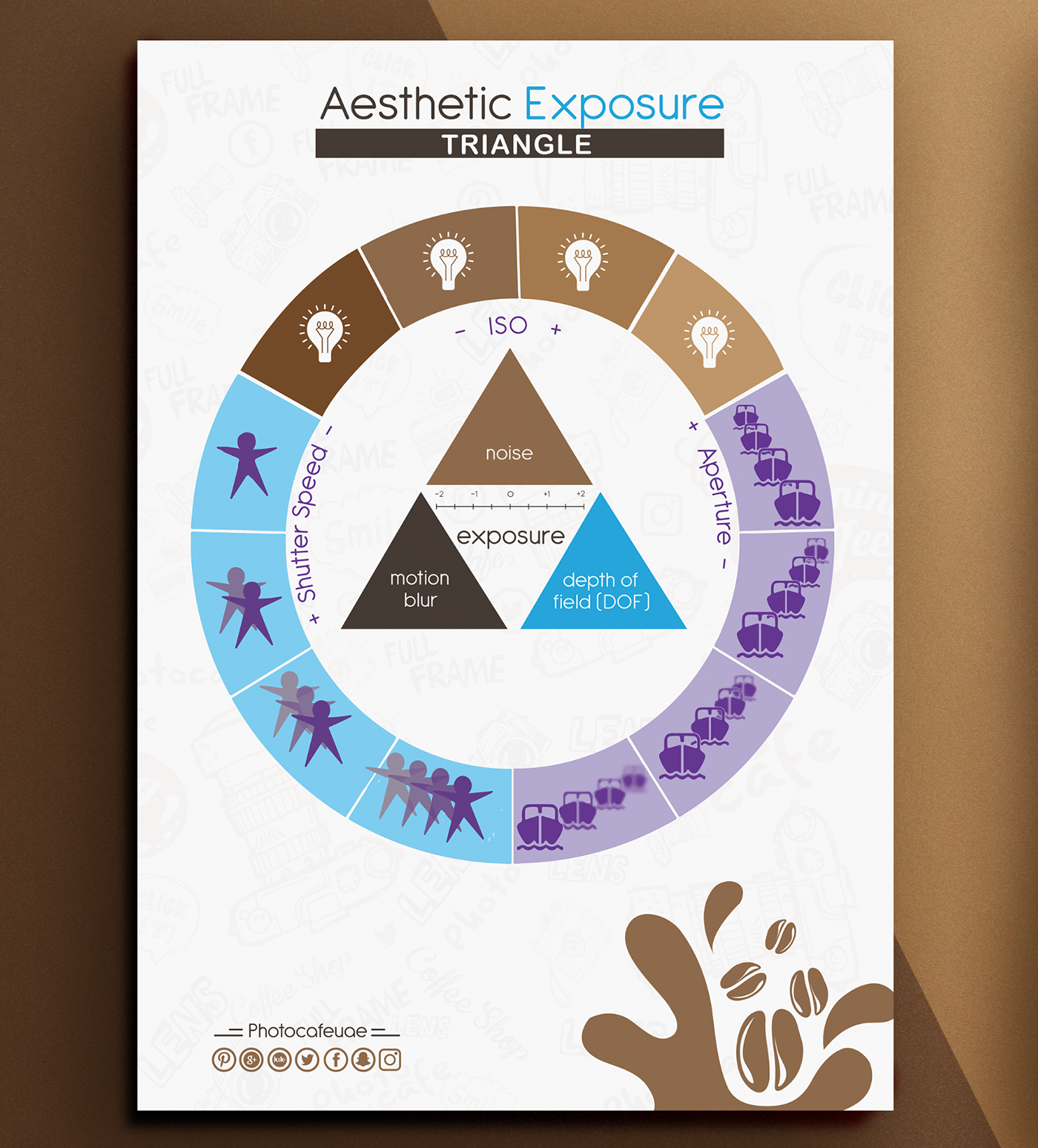Join Us To Uncover Crucial Digital Photography Pointers That Will Open Your Camera'S Capacity-- Prepare To Record Spectacular Photos In No Time At All!
Join Us To Uncover Crucial Digital Photography Pointers That Will Open Your Camera'S Capacity-- Prepare To Record Spectacular Photos In No Time At All!
Blog Article
Posted By-Whitley Didriksen
When you first pick up your cam, it can really feel frustrating with all the setups and choices available. You may find yourself questioning how to browse aperture, shutter rate, and ISO properly. Mastering these principles is important, however there's even more to digital photography than just technical knowledge. Comprehending composition methods and lighting conditions can raise your images drastically. So, what happens if you could learn easy strategies to boost your skills and begin catching impressive pictures earlier than you assume? Let's explore exactly how to transform your digital photography journey.
Recognizing Video Camera Settings
Understanding your electronic camera setups is critical for catching sensational photos. When you pick up your cam, familiarize on your own with the 3 main setups: aperture, shutter rate, and ISO. Each plays a vital function in how your photos turn out.
Beginning with aperture, which regulates the quantity of light entering the lens. A bigger aperture (reduced f-number) lets in much more light and creates a gorgeous background blur, best for pictures. Conversely, a narrower aperture (higher f-number) keeps more of the scene in emphasis, suitable for landscapes.
Next off, concentrate on https://squareblogs.net/lewis8lachelle/just-how-to-select-the-right-cam-for-your-digital-photography-requirements . This setting determines how long your electronic camera's sensing unit is revealed to light. A fast shutter rate ices up activity, which is terrific for action shots, while a sluggish shutter speed can create sensational effects like smooth water in landscapes.
Last but not least, adjust your ISO. This setup influences your cam's level of sensitivity to light. A greater ISO serves in low-light circumstances but can present noise or grain. Aim for the most affordable ISO feasible while still attaining correct exposure.
Structure Strategies
When you're out shooting, composition can make all the distinction in how your photos reverberate with viewers. Begin by using the regulation of thirds; visualize your frame split into nine equivalent areas with two horizontal and 2 vertical lines. Placement crucial elements along these lines or at their intersections to produce equilibrium and rate of interest.
Next, take into consideration leading lines. These natural lines in your scene, like roads or rivers, attract the viewer's eye right into the photograph, directing them via the tale you're telling.
Do not forget about mounting; usage components within your scene, like trees or windows, to produce a frame around your topic, adding depth and focus.
Also, keep an eye on your history. A chaotic background can sidetrack from your primary subject, while a straightforward one helps it stick out.
Lastly, try out symmetry and patterns; they can develop a striking photo that catches interest.
Learning Lighting Issues
Mastering lights problems is critical for capturing magnificent photographs, as the best light can change an average scene into something remarkable.
Beginning by observing natural light at various times of the day. Mornings and late afternoons offer the best light, referred to as the gold hour. The soft, cozy tones during these times can improve your pictures magnificently.
Do not avoid cloudy days either; diffused light can minimize rough shadows and develop a pleasing effect, specifically for pictures.
Try out backlighting by placing your subject against the light source. This technique can create a fanciful halo effect and include deepness to your images.
Take notice of your electronic camera settings as well. Readjust the ISO, aperture, and shutter rate to fit the illumination problems. A higher ISO can aid in reduced light, however be cautious of grain.
Use https://timesuniononline.com/Content/Local-News/Local-News/Article/Heritage-Lake-Park-Neighborhood-Blessings-Of-Home-Photo-Shoot-Raises-Funds-For-Fellowship-Missions/2/453/126619 in darker atmospheres to stay clear of blur.
Lastly, don't forget artificial lights. Flash and continuous lights can be wonderful tools for managing light in challenging conditions.
Final thought
Finally, mastering your camera doesn't need to be frustrating. By understanding your setups, using make-up strategies, and using the power of natural light, you'll rapidly boost your photography skills. Keep in mind, practice makes perfect, so venture out there and trying out your newfound understanding. With time and dedication, you'll be recording stunning pictures that reflect your special point of view. Delight in the trip, and do not forget to enjoy while you're at it!
